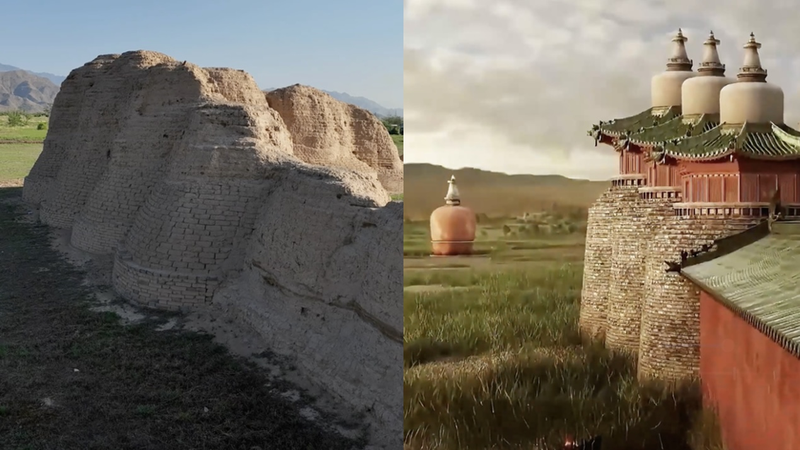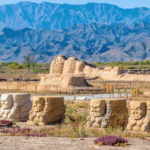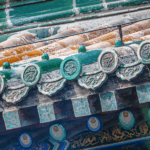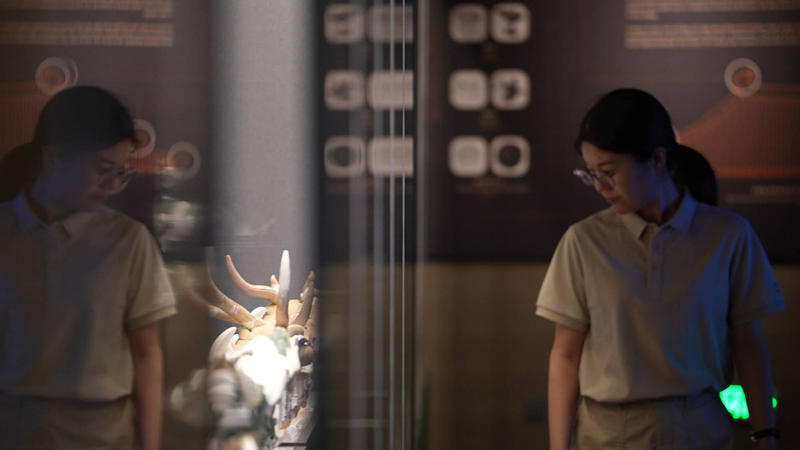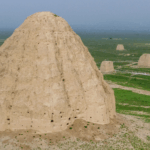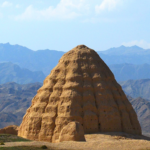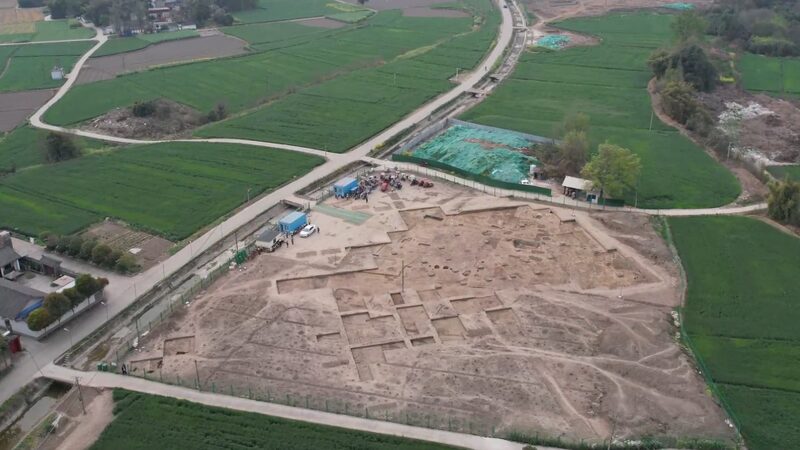Nestled at the foot of the Helan Mountains in northwest China's Ningxia Hui Autonomous Region, the Xixia Imperial Tombs stand as silent witnesses to a once-powerful Tangut civilization. Now recognized as a UNESCO World Cultural Heritage site, these weathered earthen mounds tell only fragments of their 900-year-old story – until artificial intelligence stepped in to rewrite the narrative.
Bridging Centuries Through Technology
Using historical texts, archaeological findings, and advanced AI algorithms, researchers have digitally reconstructed the tombs' original grandeur. The project reveals intricate multi-tiered pagodas adorned with glazed tiles and Buddhist motifs – a stark contrast to today's sun-baked ruins that attract over 1 million annual visitors.
Cultural Renaissance
The digital restoration offers fresh insights for historians studying the Western Xia dynasty (1038-1227 CE), while providing tourism authorities with new tools to enhance visitor experiences. For investors eyeing China's growing cultural tourism sector – projected to reach $1.2 trillion by 2025 – the project demonstrates innovative approaches to heritage preservation.
Global Implications
This fusion of technology and archaeology sets a precedent for preserving endangered historical sites across Asia. As climate change accelerates decay at cultural landmarks, such AI applications could become crucial in maintaining humanity's collective memory while creating new opportunities for cross-border cultural exchange.
Reference(s):
AI restoration vs. today's ruins: Xixia Imperial Tombs then and now
cgtn.com
